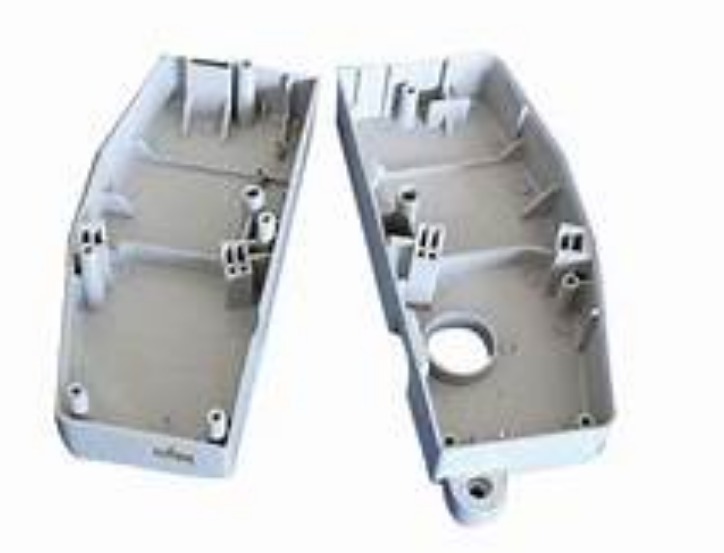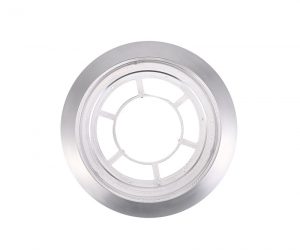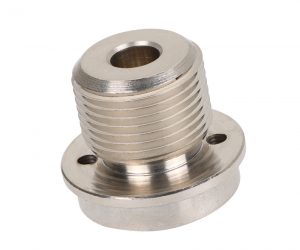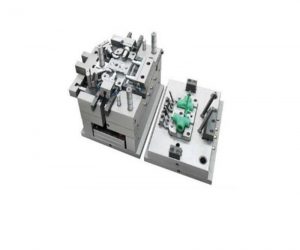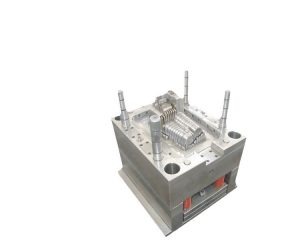Injection molding is a widely used process in manufacturing for creating plastic parts. By injecting molten plastic into a mold, the plastic cools and solidifies into the desired shape. Injection molding machines (IMMs) are sophisticated devices that play a critical role in this process. Understanding the main components and functions of an injection molding machine is essential for anyone involved in the manufacturing, maintenance, or operation of these machines. This guide will break down the key components of an injection molding machine and explain how each part contributes to the production of high-quality plastic parts.
Main Components of an Injection Molding Machine
An injection molding machine typically consists of several key components, each playing a specific role in the process. Below is an overview of these essential components:
1. Injection Unit
The injection unit is the core component responsible for melting and injecting plastic material into the mold. It consists of:
- Hopper: This is where plastic resin (in pellet form) is loaded into the machine.
- Barrel: A long metal tube that contains a rotating screw. The barrel is heated to melt the plastic as it moves through the barrel.
- Screw (or Plunger): The screw is responsible for pushing the molten plastic from the barrel into the mold. It also helps mix the plastic to ensure consistent melting and temperature.
- Nozzle: Located at the end of the barrel, the nozzle directs the molten plastic into the mold cavity.
The injection unit can be classified into two types:
- Reciprocating Screw Type: More common and offers better mixing and temperature control capabilities.
- Plunger Type: Simpler and cheaper, but less accurate and efficient.
2. Clamping Unit
The clamping unit holds the mold in place during the injection process. Its primary functions are to close the mold and maintain pressure while the plastic cools and solidifies. It consists of:
- Fixed Platen: The stationary part that holds one half of the mold.
- Moving Platen: The part that moves to open and close the mold, usually connected to the injection unit via a hydraulic or electric system.
- Toggle Mechanism or Hydraulic Cylinders: These provide the force necessary to open and close the mold. The toggle mechanism is commonly used to amplify the force applied by the hydraulic cylinders, ensuring the mold remains tightly closed during injection.
Clamping units can be categorized into:
- Horizontal Type: Most commonly used for general molding applications.
- Vertical Type: Ideal for specialized applications like insert molding and overmolding.
3. Mold
The mold is the essential part of the injection molding machine because it defines the shape and dimensions of the final product. The mold is typically made of steel or aluminum and consists of two main parts:
- Core: The internal part of the mold that shapes the inside of the product.
- Cavity: The outer part of the mold that forms the outer shape of the part.
The mold also has several important features:
- Cooling Channels: To regulate the temperature of the mold and cool the plastic quickly.
- Sprue, Runner, and Gate: Pathways for molten plastic to flow from the injection nozzle into the mold cavity.
- Ejector Pins: Used to eject the finished product from the mold after it has cooled and solidified.
4. Ejection System
The ejection system is responsible for removing the molded part from the mold once the plastic has cooled. It typically consists of:
- Ejector Pins: Metal rods that push the molded part out of the mold cavity.
- Ejector Plate: A plate attached to the moving platen that supports the ejector pins.
- Ejector Rod: The part connected to the hydraulic cylinder, moving the ejector plate back and forth to eject the molded part.
The ejection system can be divided into two types:
- Positive Ejection: Ejector pins push the part out from the core side.
- Negative Ejection: Ejector pins pull the part from the cavity side.
5. Hydraulic System
The hydraulic system powers the movements of the injection unit, clamping unit, and ejection system. It consists of:
- Hydraulic Pump: Generates pressure by pumping hydraulic fluid from the reservoir.
- Motor: Drives the hydraulic pump and controls its speed.
- Reservoir: Stores the hydraulic fluid.
- Valves and Hoses: Regulate the flow of hydraulic fluid to different parts of the machine.
There are two main types of hydraulic systems:
- Constant Displacement: A fixed pump that delivers a constant flow of oil regardless of pressure or speed.
- Variable Displacement: An adjustable pump that provides varying oil flow based on pressure or speed.
6. Control System
The control system acts as the "brain" of the injection molding machine, overseeing the operation of all other components. It manages parameters such as:
- Injection speed
- Pressure
- Temperature
- Cycle time
Modern injection molding machines are equipped with user-friendly control panels, often featuring touchscreen interfaces for easy programming and real-time monitoring of the machine's performance. The control system ensures that all actions are performed in a synchronized manner to achieve high precision and consistent product quality.
7. Heating and Cooling Systems
Precise temperature control is critical for the success of the injection molding process. These systems ensure that both the plastic material and the mold are at the proper temperatures during various stages of the process:
- Heating Elements: Surround the barrel to maintain the necessary temperature for melting the plastic.
- Cooling Channels: Embedded in the mold to cool the plastic quickly once injected into the mold cavity.
The cooling system is essential to control the cooling rate of the plastic, which impacts both the final part quality and the cycle time.
8. Electric or Servo System
Injection molding machines can be powered either by electric motors or hydraulic systems:
- Electric Machines: Offer better energy efficiency and precision, making them ideal for applications that require high levels of accuracy and minimal energy consumption.
- Hydraulic Machines: Generally offer more power and are often used in larger machines or for applications requiring high clamping forces.
Some modern machines use servo drives to combine the best of both systems, offering more efficiency and flexibility.
Key Functions of an Injection Molding Machine
Each of the components mentioned above plays a specific role in the injection molding process. Here are the key functions:
1. Injection
The injection function is where molten plastic is injected into the mold. The speed, pressure, and timing of injection are crucial to ensure the part is formed correctly, with uniform plastic flow and minimal defects.
2. Mold Closing
The mold must be securely closed during the injection process to prevent leakage and ensure that the final product has the correct dimensions. The clamping force must be high enough to withstand the injection pressure.
3. Cooling
Cooling is essential for solidifying the molten plastic once it’s injected into the mold. The cooling time is directly related to the thickness of the part and the efficiency of the mold’s cooling system. Proper cooling ensures dimensional stability and high-quality surface finish.
4. Ejection
After the plastic part has cooled and solidified, it is ejected from the mold using the ejection system. The ejection force must be carefully controlled to prevent damage to the part or the mold.
5. Adjustment and Maintenance
Regular maintenance and adjustment of the injection molding machine are essential for ensuring its smooth operation. This includes cleaning, lubricating moving parts, replacing worn-out components, and recalibrating settings for optimal performance.
Conclusión
Injection molding machines are essential pieces of equipment for producing high-quality plastic parts with precision and efficiency. The main components—injection unit, clamping unit, mold, ejection system, hydraulic systemy control system—all work together to execute the complex injection molding process. Understanding the roles and functions of each component can help operators optimize machine performance, improve product quality, and extend the lifespan of the equipment.
By maintaining a well-functioning machine and keeping an eye on the condition of its parts, manufacturers can ensure consistent production of high-quality plastic products. Whether you are a manufacturer, operator, or maintenance technician, a solid understanding of the components and functions of an injection molding machine is critical for success in the plastic processing industry.
